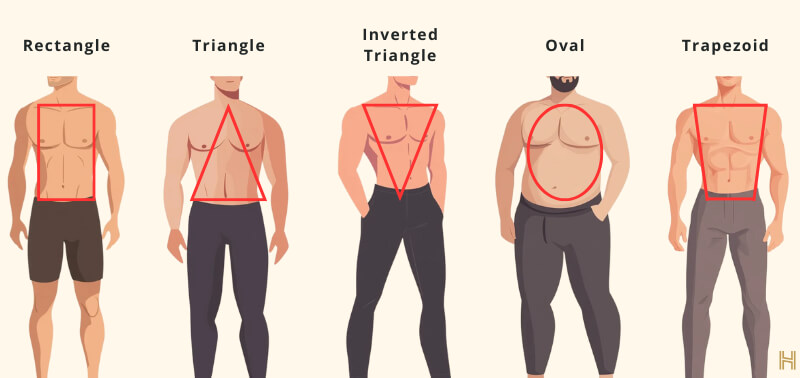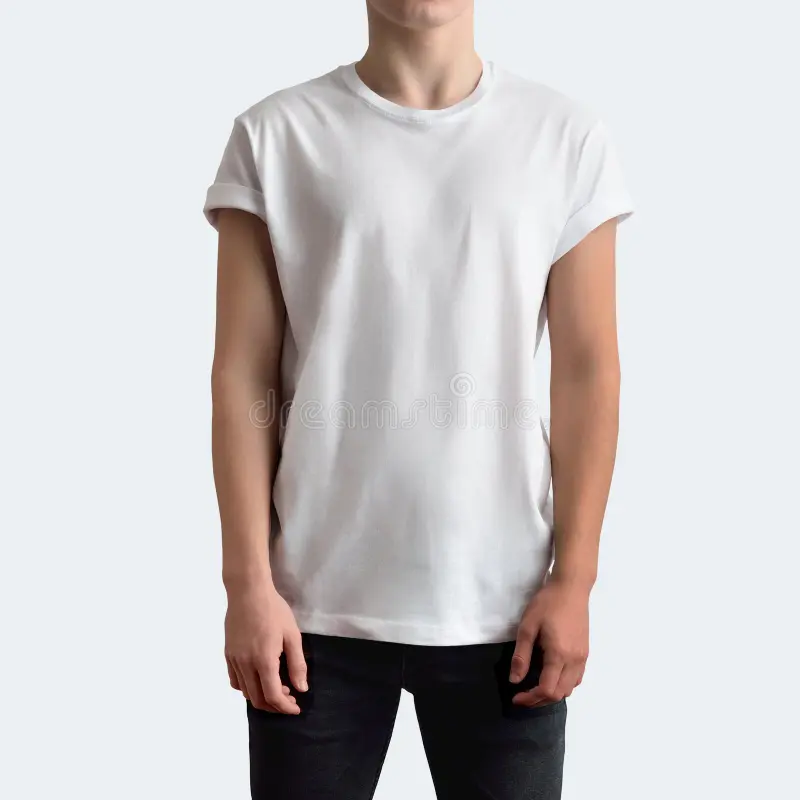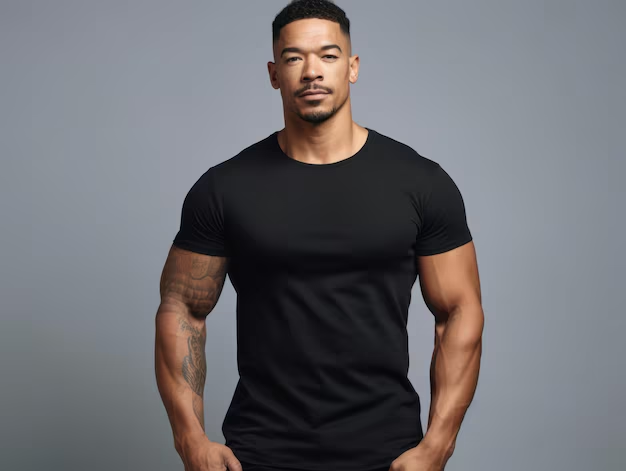Understanding Body Types and Why They Matter

Every body is different, and that’s the beauty of fashion—it’s not about one standard size or shape fitting everyone. Knowing your body type empowers you to make choices that highlight your best features and create balance in your outfits. It’s not about hiding anything—it’s about showcasing your silhouette confidently. From broader shoulders to shorter torsos, choosing graphic tees that complement your body type helps fashion work with your features, not against them.
What Are the Most Common Body Types?
Generally, body types fall into five major categories: rectangle, triangle, inverted triangle, oval, and hourglass. Each type is based on the proportions between your shoulders, waist, and hips. For instance, rectangular bodies have fairly uniform measurements across those points, while inverted triangles feature broader shoulders and narrower hips. Understanding where you fall helps you select pieces that flatter your natural build instead of distorting it.
Why Fit Matters More Than Trend
Let’s be real: no trend is worth sacrificing your comfort or confidence. Something may be all over fashion blogs, but if it doesn’t work with your body type, you’ll feel off. Great style starts with great fit. A well-fitted shirt or jacket can transform how you look and feel. Even a simple T-shirt, when it hugs the right areas and relaxes in others, can be far more impactful than an expensive trendy piece that doesn’t fit well.
T-Shirts for Every Body Type
T-shirts might seem like the simplest piece of clothing, but they play a huge role in how your overall look comes together. From necklines to sleeve lengths and hems, each detail matters.
Best T-Shirts for Slim Builds

If you’re naturally slim, you’ll want tees that add a bit of volume visually without making you look boxy. Look for thicker cotton fabrics that hold shape well. Crew necks help broaden the upper chest, while small prints or patterns can create the illusion of depth. Avoid deep V-necks or oversized tees unless paired with structured bottoms—those can make your frame look narrower than it is.
Flattering Tees for Muscular Figures

Muscular individuals often face the challenge of finding a T-shirt that accommodates broader shoulders without suffocating the midsection. Look for fitted tees with a bit of stretch—cotton blends with elastane are perfect. Raglan sleeves and tapered sides emphasize your athletic build without making you look overdone. Choose neutral colors or subtle patterns to keep the focus on your shape, not the shirt itself.
T-Shirts That Work Well for Plus-Size Bodies

For fuller bodies, T-shirts should offer comfort without adding bulk. Avoid clingy or overly stretchy materials that hug every curve. Instead, go for breathable cotton fabrics with a bit of drape. V-necks help lengthen your torso, and longer hemlines create a slimming vertical line. Skip the loud logos or graphics that center attention on the midsection and go for solid colors or vertical stripe designs.
Tips for a Balanced Look with Tees
- A partial tuck (the French tuck) defines the waistline and adds sophistication.
- Choose sleeve lengths that balance arm proportions—mid-bicep is universally flattering.
- Avoid drop shoulders if you already have a rectangular or wide build.
Shirts That Complement Your Frame
Button-downs and casual shirts can either flatter your body type beautifully or completely throw off your proportions. Details like collar width, fabric thickness, and shoulder seams play huge roles here.
Button-Downs for Athletic Builds
Athletic bodies, especially those with a V-shape, should prioritize shirts that taper from chest to waist. Look for “slim-fit” or “tailored-fit” options with darts or back seams to follow your torso’s shape. Button-downs with stretch or blended fabrics allow for movement while maintaining a crisp silhouette. Spread collars help balance out broader chests, and rolling up the sleeves can bring a laid-back yet intentional look.
Casual Shirts for Rectangular Body Shapes
If your shoulders, waist, and hips are about the same width, your goal is to create visual depth. Look for casual shirts with chest pockets, horizontal patterns, or color blocking. Flannels, overshirts, and short-sleeve button-ups with contrast elements draw attention upward and break up the vertical monotony. Layering open shirts over solid tees is another effective way to add shape and texture.
Ideal Shirt Cuts for Broad Shoulders
Broad-shouldered individuals should seek shirts with structured seams that sit just at the shoulder bone. Avoid drop shoulders—they make the top half look even wider. A slightly curved hem at the bottom of your shirt can create a longer line, balancing the upper and lower halves. Vertical patterns like pinstripes are great for creating a more streamlined look.
Patterns and Colors That Flatter Different Shapes
- Vertical stripes help elongate the torso.
- Plaid and checks add dimension to slim or rectangular builds.
- Dark solid colors minimize and streamline.
- Light or pastel shades can add volume to narrower frames.
Hoodies that Flatter Not Hide
Everyone loves a good hoodie. It’s cozy, reliable, and versatile. But if you’re not paying attention to fit and proportion, a hoodie can quickly become a shapeless sack that hides your style—and your figure.
Slim Fit vs Oversized: Which One’s for You?
Slim-fit hoodies are best for showing off a defined upper body. If you’re lean or athletic, this cut highlights your shape without being constrictive. Oversized hoodies, on the other hand, work better for tall or slender people who want to embrace a street-style aesthetic. If you’re shorter or stockier, oversized hoodies can overwhelm your proportions—try a regular or slightly relaxed fit instead.
Hoodie Styles That Highlight Proportions
- A cropped hoodie works wonders for petite bodies, elongating the legs.
- Zip-up hoodies offer more control over fit and layering, which is great for adjusting visual weight.
- Color-blocked or paneled hoodies help guide the eye and sculpt a more defined shape.
Hoodie Mistakes to Avoid for Your Body Type
- Kangaroo pockets can add bulk—especially to the stomach area—so skip them if you’re conscious about your midsection.
- Avoid sizing up two or more sizes just to look “trendy”—you’ll sacrifice shape and silhouette.
- Loud graphics or large text across the chest can exaggerate width.
Jackets That Define and Enhance Your Shape
Jackets can do serious fashion lifting—they pull a look together while creating strong, clean lines that define your build. The key is finding a balance between function and form.
Best Jackets for Petite Bodies
Petite individuals should go for jackets that stop at or above the hip. Cropped denim jackets, biker jackets, or fitted bombers are excellent choices. These add shape without swallowing your figure. Long trench coats or oversized puffers, while trendy, should be approached with caution—they can make you look shorter.
Layering Jackets for Bigger Builds
Plus-size bodies benefit from structure. Go for jackets with reinforced shoulders and a gentle taper toward the waist. Avoid excess padding unless it’s for harsh weather. Instead, lightweight trench coats, shackets (shirt jackets), and tailored pea coats work well to shape the body and streamline your silhouette.
Bomber, Denim, or Blazer? Choose Right for Your Frame
- Bomber jackets: Great for creating volume on top. Ideal for rectangular shapes.
- Denim jackets: A versatile classic that suits almost all shapes. For curvy builds, go for ones with stretch or waist tailoring.
- Blazers: A game-changer for all body types. Choose single-breasted blazers for fuller bodies and double-breasted for hourglass or athletic figures.
Styling Tips Across All Body Types
Layering Like a Pro
Layering is your best friend, but only when done smartly. Don’t layer bulky pieces on bulky pieces. Try a slim-fit hoodie under a structured jacket or a longline tee beneath a cropped jacket. It creates dimension without the weight.
Proportions and Balance in Outfits
Proportion is everything. If you wear loose on top, go fitted on the bottom—and vice versa. Matching wide pants with an oversized hoodie may be trendy, but it rarely flatters unless you’re tall. Always aim to highlight your waist or shoulders depending on your strongest features.
Choosing Fabrics and Cuts That Compliment
Soft, flowing fabrics like cotton or modal offer comfort and movement. Structured cuts—like those found in tailored shirts or jackets—help define and sharpen your shape. Don’t ignore comfort, but don’t settle for shapelessness either. Fashion should serve your body, not the other way around.
Conclusion
Fashion isn’t about fitting into a mold—it’s about dressing your mold. Whether you’re tall, short, slim, muscular, or plus-sized, there’s a way to wear T-shirts, shirts, hoodies, and jackets that makes you feel confident and stylish. It all starts with knowing your body type, understanding what complements it, and embracing the little tweaks that make a big difference. Great style isn’t exclusive—it’s inclusive, and it starts with fit, proportion, and self-awareness. Own your shape and let your clothes do the talking.
FAQs
Can I wear oversized clothes if I’m short?
Yes, but choose wisely. Pair oversized tops with fitted bottoms and avoid floor-length coats that overwhelm your height.
What’s the best way to find your body type?
Look at your shoulder, waist, and hip ratios in a mirror. You can also take measurements and compare proportions to find your general shape.
Are vertical stripes really slimming?
Absolutely. They elongate your frame and guide the eye up and down, making you appear taller and leaner.
Should heavier people avoid bright colors?
No way. Bright colors can be flattering—just choose ones that complement your skin tone and balance them with darker or neutral pieces.
What fabrics are best for flattering your figure?
Cotton blends, modal, rayon, and anything with a bit of stretch. These fabrics offer structure, drape well, and feel great against the skin.
